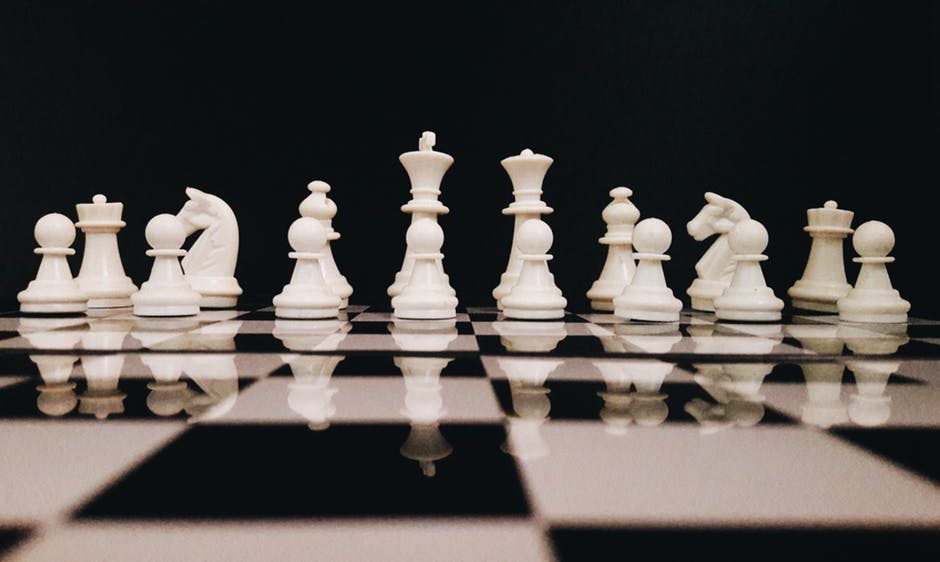One of the greatest hurdles that humanity faces is that our thinking abilities cannot exceed a certain number, whereas computers equipped with efficient artificial intelligence strategies exhibit much faster thinking abilities and can become even smarter. Winning a chess game against smart computers is extremely difficult for humans because their opponents possess powerful artificial intelligence systems that can outperform any strategy.
In 1997, former world chess champion Garry Kasporov lost against an IBM chess machine. He always argued that there is no shame for him as a world class chess player to lose a game to an artificial system. As time rolled on, Kasparov came up with the idea that instead of human intelligence playing against artificial intelligence machines, what if human intelligence can team up with artificial intelligence. The powerful synergy of human intelligence and artificial intelligence is called augmented intelligence.
This field is emerging out as a fascinating area that humans can explore in the forth coming millennium. On one side, we have complex problems that are solved by applying mathematics, whereas on the other side, the very same problems need human interrogation and visualisation to solve them. Augmented Intelligence lies somewhere in the middle of both scenarios, and is employed to solve the most difficult and complex problems.
For example, weather prediction is one of the most challenging problems. The problem becomes more complex if we want to forecast weather 3-4 days in advance. In 1995, the accuracy of weather predictions was around 20% and have now reached up to 80% recently. It is still tough to predict weather changes due to the difficult modeling scenarios. By combining human intelligence and artificial intelligence, there is an improvement of 25% in the accuracy of prediction. Humans and machines combined together can solve very difficult problems, including weather forecasts.
In order to harness the power of machine intelligence, we must understand how humans and machines can work together. Most importantly, we need to understand how the human brain works in order to efficiently collaborate with machine intelligence. Humans rely a lot on intuition - the ability to acquire knowledge without proof, evidence, or conscious reasoning, or without understanding how the knowledge was acquired - to make important decisions. In 2011, a group of Japanese scientists did several experiments to test the power of the human intuition, the neuro-circulating intuition to be more specific.
They experimented with two groups of chess players, monitoring their brain activity. Professional chess players and amateur chess players. They flashed an image of a chess board with checkmate for a time of less than 1 second. The main reason for flashing the image for such a very short time is that the scientists wanted to bypass the conscious part of the brain and get deeply into its subconscious part. The part of the brain that was simulated was precuneus. It is the part of the brain responsible for visuospatial reasoning, simply called ‘pattern patching’. The results of the first experiment showed that the professional chess players were able to determine the pattern subconsciously, whereas amateur players were unable to do so.
The second experiment carried out by the same Japanese scientists consisted of flashing the chess board with chess mates for 2 seconds to determine what is the best possible move that they could do next. During this experiment, professional chess players had a part of their brain simulated, amateurs were exempted. The part of the brain that was simulated was ‘caudate nucleus’. This part of the brain is responsible for response functions, habits and long-term memory. Here another interesting phenomenon was observed in this experiment: the stronger the signal was, the better the next move that will happen. Professional chess players exhibited internal ‘hot’ and ‘cold’ signals that couldn’t be measured. Thus the neural circuitry for intuition was the visual cortex of the chess board. The precuneus part of the brain abstracts that image, then the matching is done in caudate nucleus against learnt response - the long term memory.
The professional chess players, who have practiced for many years thousands of games, have built up this inner neurocircuitry. Over a period of years of practice, the neurocircuitry of professional chess players could be perfected. And after 10,000 hours of practice, professional chess players could unlock special powers in their brain that can assist them to win though games in a shorter amount of time.
Click here for more information.



Leave your comments
Post comment as a guest